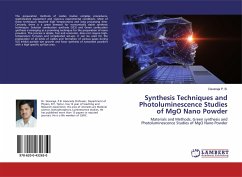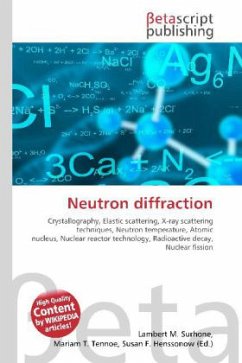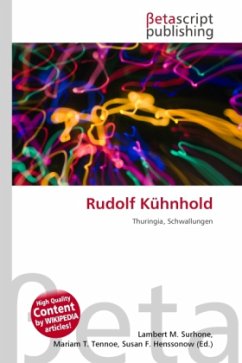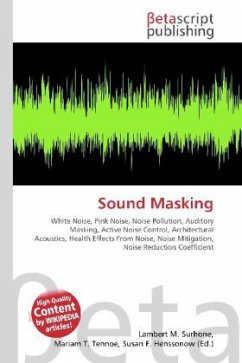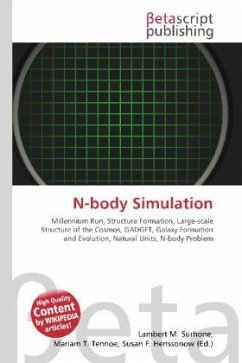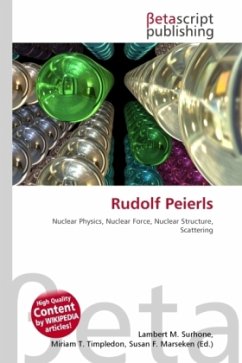
Powder diffraction
Versandkostenfrei!
Versandfertig in 6-10 Tagen
26,99 €
inkl. MwSt.

PAYBACK Punkte
13 °P sammeln!
Please note that the content of this book primarily consists of articles available from Wikipedia or other free sources online.Powder diffraction is a scientific technique using X-ray, neutron, or electron diffraction on powder or microcrystalline samples for structural characterization of materials. Ideally, every possible crystalline orientation is represented equally in a powdered sample. The resulting orientational averaging causes the three dimensional reciprocal space that is studied in single crystal diffraction to be projected onto a single dimension. The three dimensional space can be...
Please note that the content of this book primarily consists of articles available from Wikipedia or other free sources online.Powder diffraction is a scientific technique using X-ray, neutron, or electron diffraction on powder or microcrystalline samples for structural characterization of materials. Ideally, every possible crystalline orientation is represented equally in a powdered sample. The resulting orientational averaging causes the three dimensional reciprocal space that is studied in single crystal diffraction to be projected onto a single dimension. The three dimensional space can be described with (reciprocal) axes x , y and z or alternatively in spherical coordinates q, , . In powder diffraction intensity is homogeneous over and and only q remains as an important measurable quantity. In practice, it is sometimes necessary to rotate the sample orientation to eliminate the effects of texturing and achieve true randomness.



